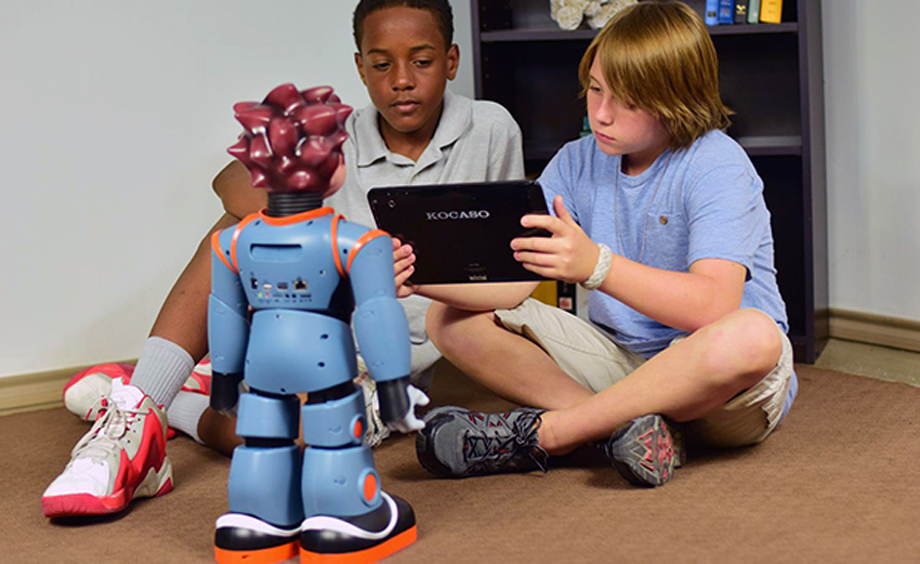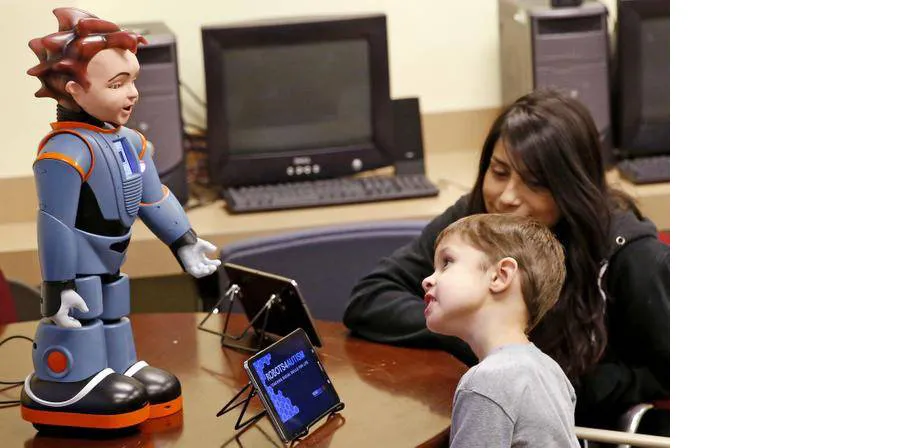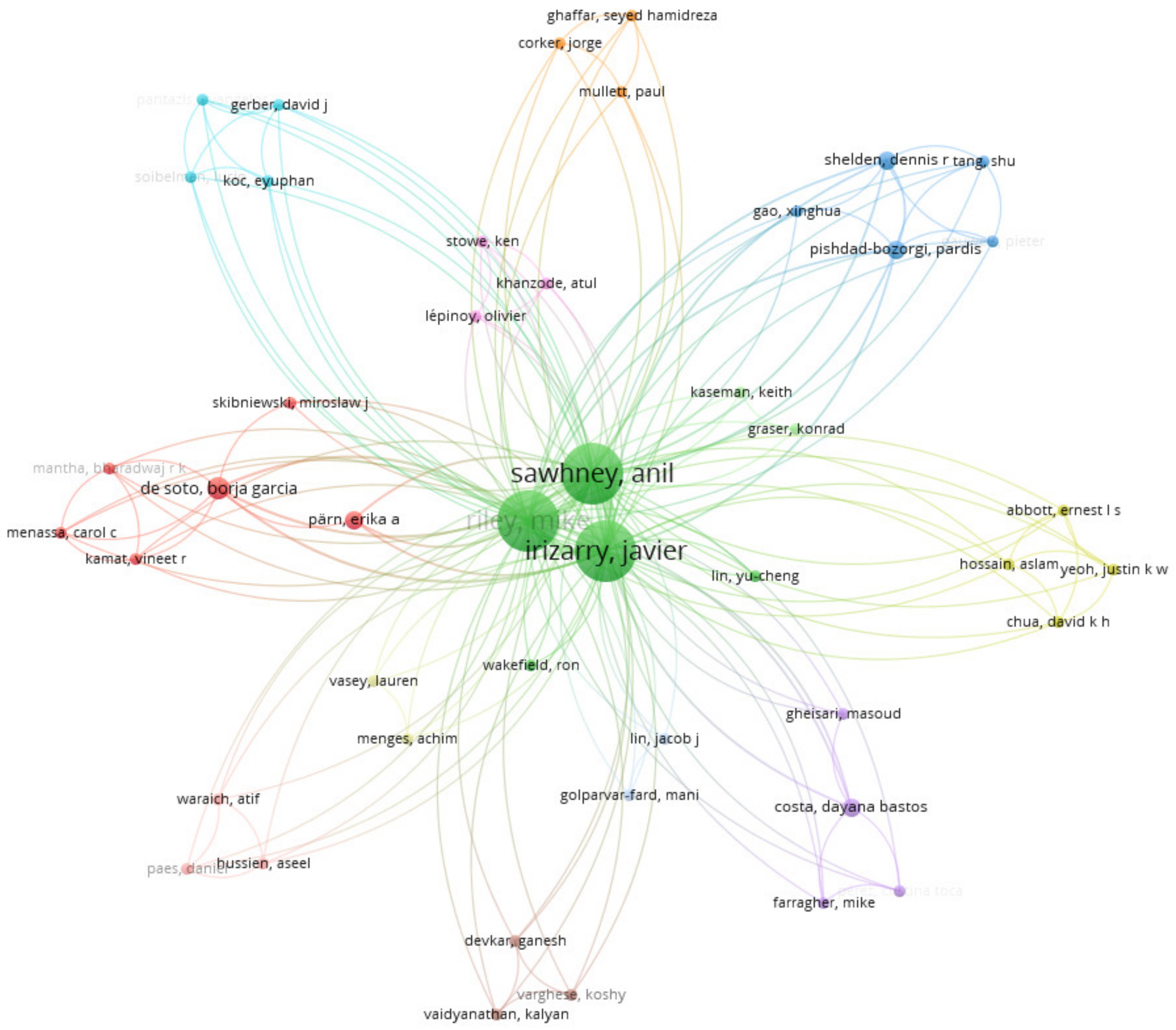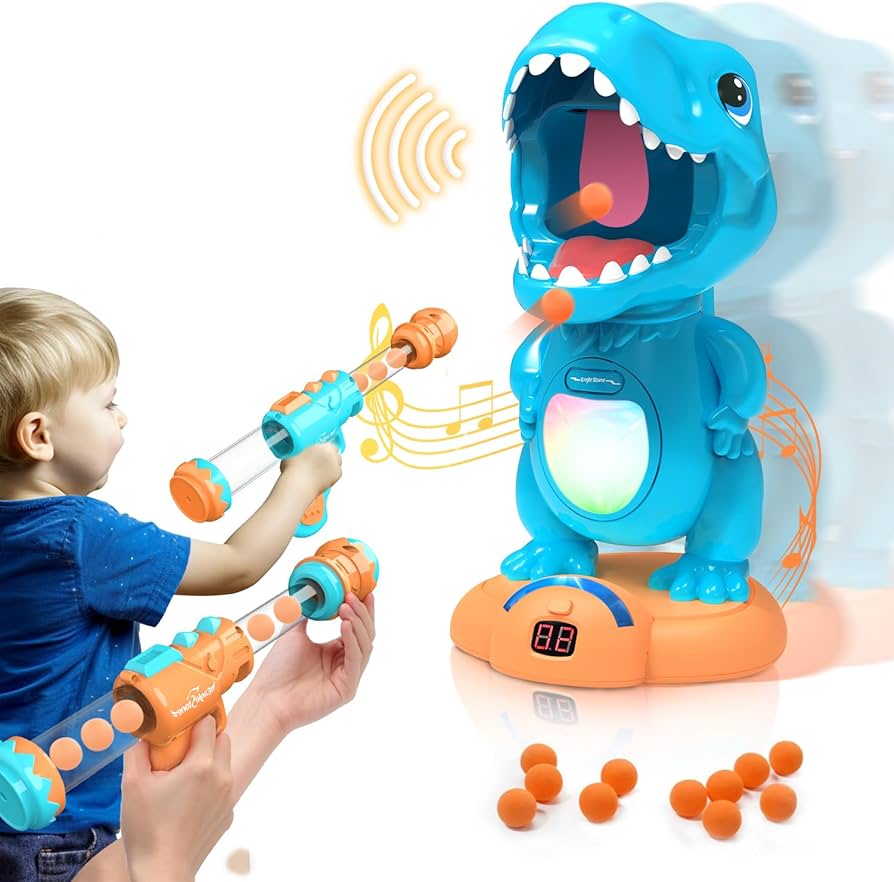Milo Robot Revolution: Teaching Kids with Autism
Milo Robot is an interactive social robot designed to assist educators and therapists in teaching children with Autism. Developed by RoboKind, Milo offers a captivating platform for social and emotional learning.
Milo Robot is bridging the gap between technology and special education. With his human-like expressions and engaging lessons, Milo has become a valuable tool for promoting social interaction and emotional understanding among children on the autism spectrum. The robot’s design focuses on delivering consistent, repeatable cues and responses, which are crucial for effective autism education.
By integrating Milo into their programs, educators and therapists are able to leverage a high-tech solution that captures the attention and interest of students, allowing for more productive learning sessions. Milo’s approachable demeanor and interactive content make him an excellent resource for helping kids with Autism develop essential life skills in a controlled, supportive environment.

Credit: www.acapela-group.com
Introduction To Autism And Educational Challenges
Autism Spectrum Disorder, commonly known as Autism, presents a unique set of educational challenges for both teachers and students alike. Each child with Autism experiences the world in their own distinctive way, necessitating personalized educational approaches. This section delves into understanding Autism and the various hurdles children with Autism may encounter in the classroom. Tailoring the learning environment to address these needs is crucial, which is where innovative tools like the Milo Robot can become a game-changer.
Understanding Autism Spectrum Disorder
Autism Spectrum Disorder (ASD) is a complex developmental condition that affects an individual’s ability to communicate, socialize, and interact with others. The spectrum nature of ASD signifies that its manifestation is highly individualized—with a range of symptoms and severities.
Early signs of Autism might include delayed speech development, aversion to eye contact, repetitive behaviors, and challenges in adapting to new routines. Diagnosis often involves a multi-disciplinary assessment, as no two individuals share the exact profile of strengths and difficulties.
Educational Hurdles Faced By Children With Autism
- Social Interaction Difficulties: Struggles with conversational cues, maintaining friendships, and group work.
- Communication Barriers: Limited verbal skills or non-verbal behavior can lead to misunderstandings or frustration.
- Sensory Processing: Over or under-sensitivity to sensory stimuli can affect comfort and focus in a classroom setting.
- Behavioral Challenges: Unfamiliar situations or disruptions to routine can lead to anxiety and behavioral outbursts.
- Learning Diversities: Varied cognitive abilities require tailored educational strategies.
Innovative educational tools such as the Milo Robot are designed to offer support tailored to the unique learning needs of children with Autism. With the thoughtful integration of technology, overcoming these educational challenges becomes a reachable goal.
Milo: The Innovative Teaching Robot
Milo is a groundbreaking step in educational technology, designed to be a captivating, humanoid teaching companion that revolutionizes the way students engage with learning. Resembling a person in appearance and movement, Milo communicates with students through speech and facial expressions, establishing a new standard for interactive learning. This innovative robot is tailored to enhance the educational experience, particularly for learners with Autism Spectrum Disorder (ASD), by providing a consistent and patient learning environment.
Origins And Development Of Milo
The creation of Milo stems from a commitment to aid children who face challenges in traditional learning environments. This robot is a product of advanced research and development in robotics and child developmental psychology. Designed to be engaging and approachable, Milo not only encourages participation but also promotes a genuine love for learning.
- Collaborative efforts: Teams of engineers, therapists, and educators brought together their expertise during Milo’s development.
- Technological advancements: Milo incorporates state-of-the-art robotics to simulate human-like interactions.
- Specialized design: Purpose-built features address specific educational needs, especially in special education settings.
How Milo Works: Features And Capabilities
Milo is not just a marvel of technology but also a vessel of compassionate teaching. With its impressive array of features and capabilities, Milo provides an interactive experience that is second to none.
| Feature | Capability |
|---|---|
| Expressive Face | Mimic human emotions to aid social interaction and recognition. |
| Voice | Speech capabilities with a diverse range of expressions and tones. |
| Movement | Sensitive and fluid motions that imitate human gestures. |
| Lesson Delivery | Structured learning modules tailored to student abilities. |
Through sophisticated sensors and algorithms, Milo perceives student responses and adjusts its teaching methods accordingly. This personalization ensures that each student receives the attention and support they need to thrive.
Integrating Milo Into Educational Programs
Incorporating Milo into the classroom setting is streamlined and effective. This teaching robot acts as a bridge, connecting educators to students by providing a dynamic and adaptable learning tool.
- Determine the educational goals and areas in which Milo can be most beneficial.
- Set up Milo and its software, which includes a comprehensive curriculum aligned with these goals.
- Train educators and support staff on how to effectively collaborate with Milo for optimal teaching outcomes.
Educational institutions reap the benefits of Milo’s inclusion, witnessing increased engagement, improved learning outcomes, and positive feedback from both students and teachers. As a flexible learning assistant, Milo seamlessly integrates with a variety of educational programs, proving that technology can indeed transform the face of modern education.
The Impact Of Milo On Autism Education
The emergence of innovative technologies in the educational sphere has brought about revolutionary tools like Milo, a humanoid robot designed to assist children with autism. The impact of Milo on autism education is increasingly evident as this engaging robot becomes an integral part of learning environments tailored to support the special needs of autistic learners. Milo’s unique capabilities provide a fresh and effective approach to teaching social skills and communication.
Case Studies And Success Stories
Real-world applications of Milo have illuminated its potential through numerous case studies and success stories. In various school settings, Milo has been instrumental in helping children with autism break through barriers that traditional educational methods could not address.
- Improved Engagement: Schools report higher levels of engagement when autistic children interact with Milo, compared to human interactions.
- Consistency in Learning: Milo’s repetitive delivery provides a consistent learning experience, which is essential for many children on the spectrum.
These stories not only validate Milo’s effectiveness but also inspire further integration of similar technologies in special education programs.
Benefits Of Robotic Interaction For Kids With Autism
Interacting with robots like Milo offers a unique set of advantages for kids with autism:
| Benefit | Description |
|---|---|
| Non-Threatening Interaction | Robots provide a judgement-free zone, decreasing anxiety and fostering communication. |
| Predictability | The predictable nature of Milo’s responses reduces the unpredictability of personal interactions, which can be challenging for autistic children. |
The predictability and repetition in Milo’s interactions are not just comforting but also crucial in learning and mastering new skills.
Ongoing Research And Future Prospects
The use of Milo in autism education is a growing field of interest for researchers. Ongoing studies are assessing the long-term effects of robotic therapy and how it can be enhanced:
- Evaluating the longitudinal impact of regular interactions with Milo on social skill retention.
- Exploring the possibility of personalizing Milo’s responses to suit individual learning styles and needs.
Innovations in this area promise exciting developments, with the potential to further customize Milo to support a wider range of abilities and learning objectives in the autism community.

Credit: www.acapela-group.com
Challenges And Considerations
Exploring the realm of Milo Robot in special education reveals a spectrum of potential benefits for students with learning differences. Nonetheless, practical implementation poses several challenges and considerations that educators, parents, and the community must address to optimize Milo’s impact. As innovative as it is, this robotic technology encounters hurdles that necessitate careful analysis and strategy.
Limitations Of Technology In Special Education
Technological advancements have dramatically shaped the landscape of special education. However, embracing technology, such as the Milo Robot, brings to light certain limitations that educators need to navigate:
- Interoperability with existing educational platforms and tools
- Customization needs for diverse learner profiles
- A balance between technology-assisted and human-led interaction
Solutions require ongoing research, updates, and support, ensuring the sustainability and effectiveness of these instructional tools.
Ensuring Equal Access To Robotic Tools
Educational equity remains a top priority in implementing robots like Milo. Access to such advanced tools should be a universal privilege, regardless of socio-economic background:
- Developing non-discriminatory programs for schools
- Securing funding and resources for low-income districts
- Creating scalable solutions that do not compromise quality
Strategic planning and community partnerships are essential to bridge this gap and ensure every student benefits from Milo’s educational enhancements.
Ethical Considerations And Data Privacy
In the age where data is gold, using Milo Robot makes protecting sensitive information paramount. Ethical use and data privacy protection are issues that cannot be overlooked:
| Element | Action Plan |
|---|---|
| Consent | Gaining clear approval from guardians for data collection |
| Transparency | Providing clear details on data usage and storage |
| Data Security | Implementing robust cybersecurity measures |
Adhering to stringent policies will not only secure trust but also ensure that Milo’s utilization is responsible and respects the rights of every learner.

Credit: www.weforum.org
Frequently Asked Questions On Milo Robot
How Much Does Milo The Autism Robot Cost?
The cost of Milo the autism robot typically ranges between $5,000 to $10,000, depending on the package and support services included.
What Is Milo Robot Used For?
Milo robot is designed primarily for children with autism, helping them learn social skills and emotional cues through interaction and practice.
Is Milo Good For Autistic Child?
Milo can be suitable for some autistic children as a treat, but it’s high in sugar. A balanced diet tailored to individual health needs is essential. Consult a healthcare professional for personalized advice.
What Is The Robot For Autism Children?
Robots for autism children are interactive machines designed to engage and teach kids with autism through play and communication exercises. They help improve social interactions and offer consistent, patient support.
Conclusion
Embracing the future of education with Milo Robot offers a new horizon for interactive learning. It’s clear, Milo’s capabilities can significantly enhance the educational journey. Teachers and parents seeking a tech-savvy approach now have an excellent tool. Milo is not just a robot; he’s a revolutionary leap forward.
Ready to meet Milo? Your adventure into advanced learning awaits.




